The Tungnath temple is located strategically at the Chandranath Parvat. It is also the highest Shiva Temple in the world, and part of the Panch Kedar Temples in Uttarakhand.
To say that the temple is a pilgrimage hotspot will be an understatement since this tranquil temple experiences a large number of pilgrims from May till the end of Diwali- after which it shuts down owing to the intense cold weather.
Tungnath temple is situated at an altitude of 3,680 m, and every year thousands and pilgrims and treks come here to witness the spiritual aura unfold. This temple is said to be 1000 years old, making it all the more important and revered.
The Opening Date of Tungnath Temple
The Tungnath Temple closes its gate after the festival of Diwali, as the winter starts to come. Yet again opens its gates in the first week of May. In 2019, it opened on 10th May.
For 2020, both the closing and the opening date is yet to be announced, but it is spectacled that it will be in the first week of May.
The Natural Beauty
The beauty of the Tungnath Temple lies not only in its holy relevance but also in its stunner location. It is nestled right amid the imposing Himalayas, and lush green hills, which makes it look even more surreal. The trek to this temple is also scenic and fairly easy, making it ideal for first-time trekkers.
When you first start your trek to the Tungnath Temple, you will feel fresher by the fragrance of marigold and sandalwood swirling in the air. The views throughout the trek are mesmerizing and you will encounter several scenic avenues like- cascading waterfalls, snow touched peaks and azure lakes.
The Temple
The Tungnath Temple is like a storybook which tells you a story everyone you visit here. There are so many legends and anecdotes that are associated with this temple, that you will feel transported to that time when you come here.
One of the stories talks about Lord Rama meditating at the Tungnath Temple so that he could rid himself of the curse of Brahmahatya.
From the awe-inspiring surroundings to the humble temple, Tungnath is truly magical and worth visiting. This temple can also be reached only if you trek, and the trek is extremely refreshing and beautiful, filled with the bounties of nature.
The Architecture Of The Tungnath Temple
The Tungnath Temple reflects the North India style architecture, complete with marbles and exquisitely decorated walls. The temple is not too huge and can only accommodate 10 people at one time. Thus, you might often encounter long queues just to get inside the Tungnath Temple.
Inside the temple, you will find a wooden stage, situated at the top of the highest dome. The roof of the temple is also exceptionally worth noting, and you will find stone slabs on the roof. At the entrance of the Tungnath Temple, you will encounter an intricately made stone picture of Nandi who is facing Lord Shiva, and the picture of Lord Ganesha kept on the ride side of the entrance.
The entire complex of this temple is dotted with smaller shrines decided to other deities. These shrines add another layer of sacredness and make the main temple look even more alluring and spiritual.
The Sacred History
The legend suggests that after the Pandavas killed the Kauravas, they went on to seek blessings from Lord Shiva so that they could attain liberation. However, Lord Shiva was angry due to the bloody war and decided to not meet the Pandavas at all. This led to the Pandavas embarking on a grand trek just to find Lord Shiva.
When their pursuit finally led them to Kedar, Lord Shiva had transformed into a bull, so that the Pandavas fail to recognize him. Yet, the Pandavas eventually did find out that the bull was Lord Shiva in disguise, and decided to stop him before he vanished again. Once again, they were not successful, as Lord Shiva saw the move and went under the ground leaving his hump behind, which is worshipped in Kedarnath.
Lord Shiva was impressed by the hard work and dedication that the Pandavas displayed, so he decided to bless them with liberation and washed their guilt and sins away.
The Pandavas were very pleased, and to show their appreciation they decided to worship Lord Shiva in the form of arms. Tungnath was the place where Lord Shiva’s arms were found. Yudhishthira, the oldest among the Pandavas, erected the Tungnath Temple to worship Lord Shiva reverently.
The Trekking Route
The trek to the Tungnath Temple begins from Chopta. First, you need to reach Rishikesh, through air, bus or rail. From Rishikesh, the town of Chopta can be reached by public transport, a private vehicle or by trekking as well.
If you do choose to trek you will witness some breathtaking landscapes. You will pass through some surreal and mystical forests that will heal you from within.
The most popular route is-
New Delhi – Rishikesh – Srinagar Garhwal – Rudraprayag – Ukhimath – Chopta – Trek from Chopta to Tungnath
Some Tips for Tungnath Temple
- While you can photograph the beautiful view around you at Tungnath, you cannot photograph inside the temple. Photography is prohibited inside the temple.
- Always carry waterproof trekking shoes, as even though the trek is easy, it is filled with slippery roads. You can also rent these shoes from Chopta.
- There are no charging stations once you embark on your trek. So make sure to carry a power bank for your electronics
- Always carry a windcheater or a raincoat, as rains can happen at any time. The weather is quite unpredictable so you should be prepared.
- The best place to stay is at Chopta since it is the nearest to Tungnath.

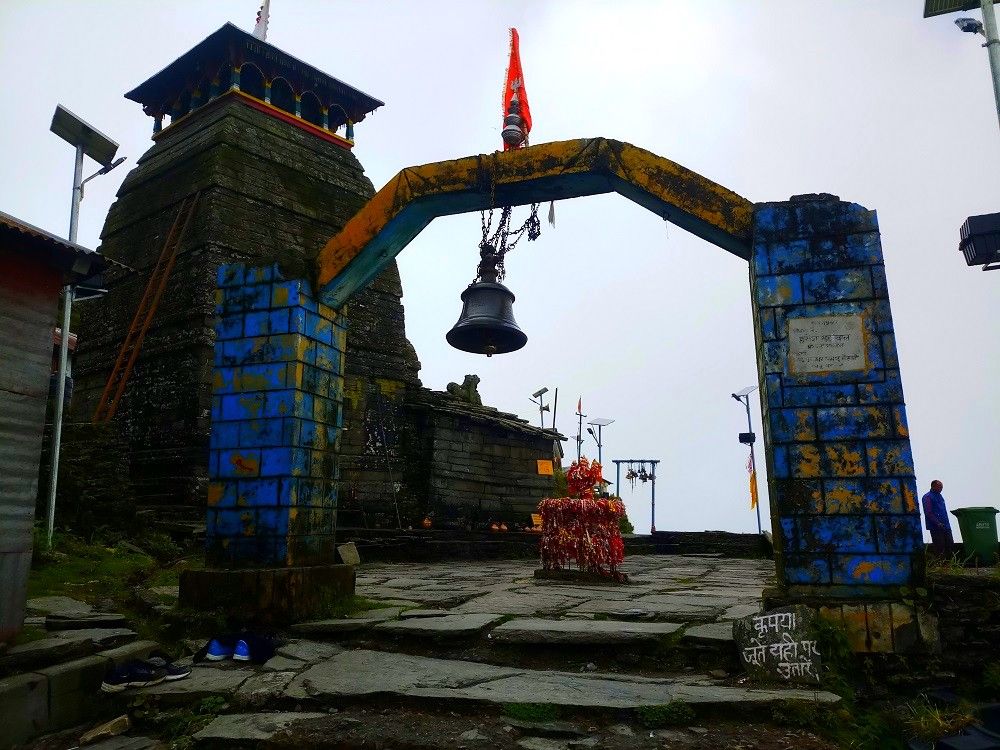
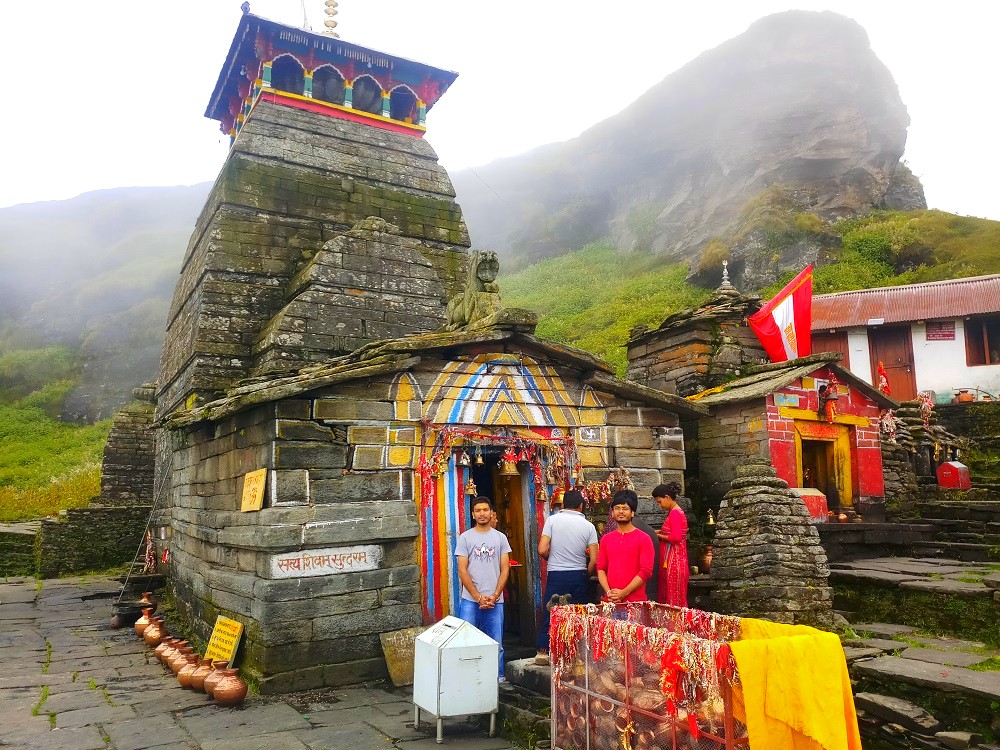
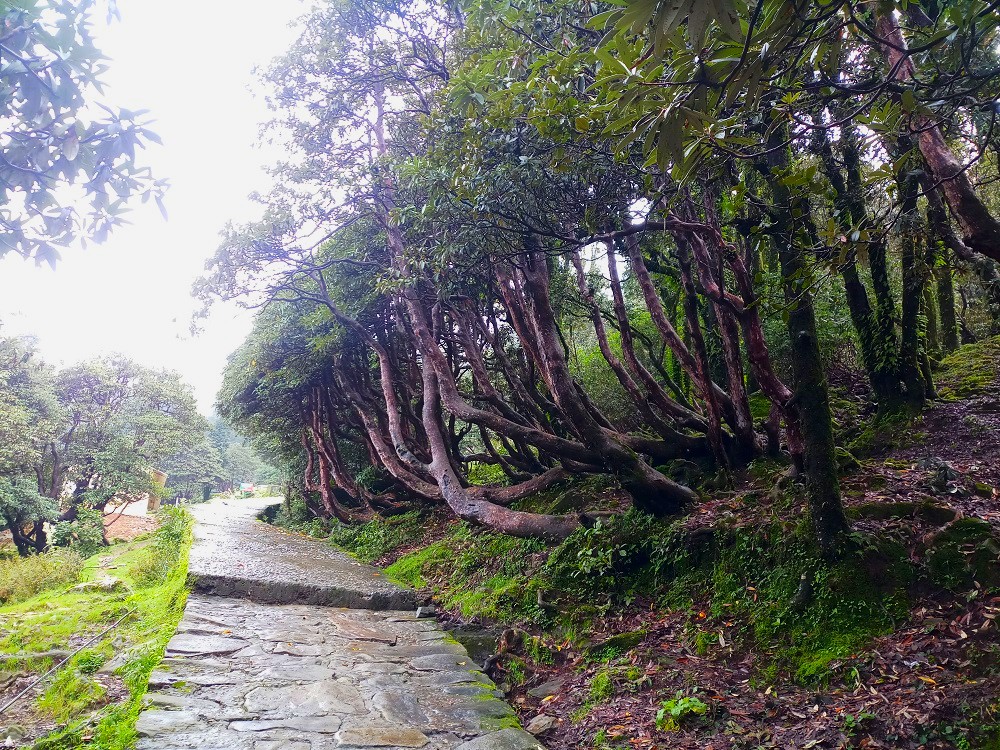
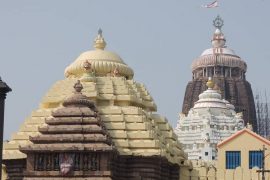
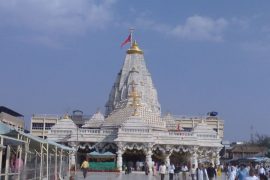
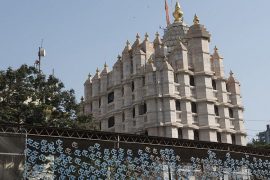
Comments are closed.